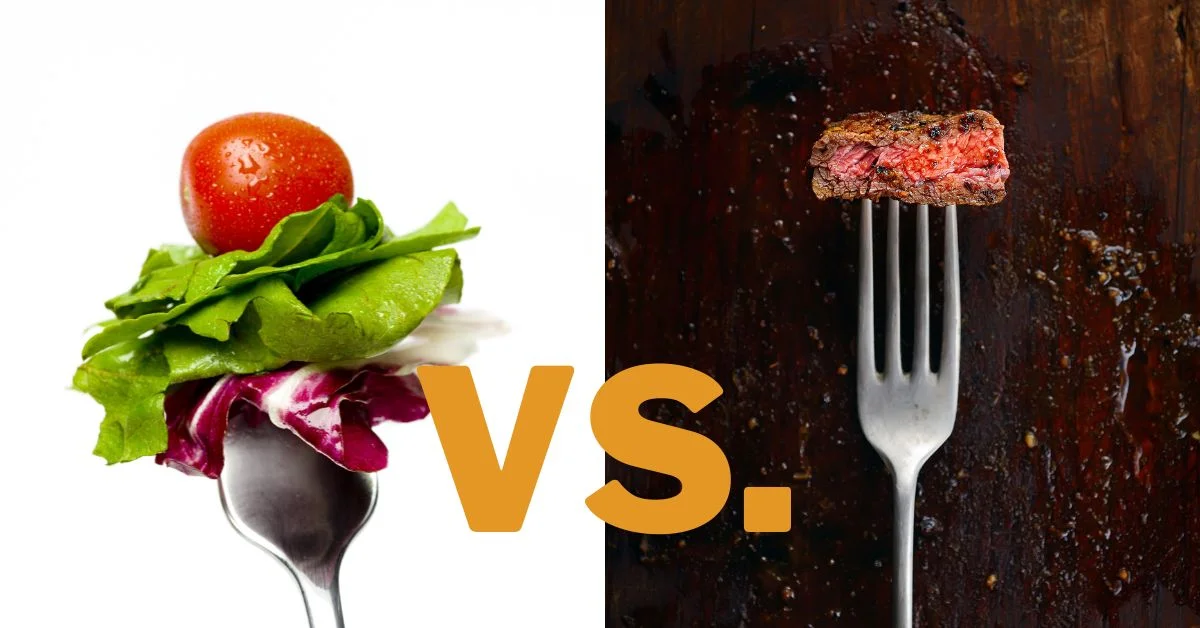Salad Fork – Complete Guide to Usage, Etiquette, and History
When you sit down at a formal dining table, you may notice several different forks lined up neatly beside your plate. Among them, the salad fork often confuses people. Do you really need a special fork just for salad? What makes it different from the dinner fork? And why does etiquette place so much importance on it? This guide explores the salad fork in depth—its history, design, etiquette, and why it continues to hold a place in modern dining culture.
What is a Salad Fork?
A salad fork is a small fork designed specifically for eating salads and certain appetizers. Unlike the dinner fork, which is larger and intended for main courses, the salad fork is shorter and sometimes has a slightly wider tine to help cut through leafy greens and soft vegetables.
Key features of a salad fork:
-
Typically 6 to 6.5 inches long
-
Slightly broader left tine for cutting
-
Lighter in weight than a dinner fork
-
Designed for appetizers, salads, or small bites
This specialized fork not only makes dining easier but also adds a touch of refinement to the table setting.
The History of the Salad Fork
The fork itself didn’t appear in Europe until the 11th century, introduced by Byzantine royalty. At first, forks were considered unnecessary or even extravagant. By the 17th century, however, forks became more common in France and England, and eventually spread to the rest of Europe.
The salad fork as we know it today emerged in the 19th century, when dining etiquette became highly formalized. Wealthy households introduced separate utensils for nearly every type of food—fish forks, dessert forks, oyster forks, and of course, the salad fork.
By the Victorian era, the salad fork became standard in formal table settings, symbolizing sophistication and respect for proper dining etiquette.
Salad Fork vs Dinner Fork – Key Differences
Many people confuse salad forks with dinner forks. To clarify, below is a comparison table:
Feature |
Salad Fork |
Dinner Fork |
Length |
6–6.5 inches |
7–8 inches |
Weight |
Lighter |
Heavier |
Design |
Broader left tine, shorter handle |
Standard four tines, longer handle |
Use |
Salads, appetizers, small bites |
Main course dishes (meat, pasta, vegetables) |
Quick tip: If you’re unsure which fork to use, remember the rule of “outside in.” Start with the fork farthest from your plate (often the salad fork) and work your way inward with each course.
Proper Salad Fork Etiquette
Knowing how to use a salad fork correctly can make a big difference in formal settings.
-
Placement in table setting: The salad fork is placed to the left of the dinner fork in American style, and in European settings, it may appear on the outermost left.
-
Order of use: Since salads are typically served before the main course, the salad fork is always used first.
-
Typical error: A lot of individuals use the dinner fork for salad. While acceptable in casual settings, in formal dining this can be seen as improper.
Etiquette rule: Always start with the smallest fork on the outside and move inward toward the plate with each course.
When and How to Use a Salad Fork
The salad fork isn’t just for salads. In fact, it’s commonly used for a variety of smaller dishes.
Foods best eaten with a salad fork:
-
Leafy green salads
-
Appetizers like shrimp cocktail or cheese
-
Fruit salads
-
Pastries and light desserts (when no dessert fork is provided)
You may use the salad fork for a Caprese salad appetizer at a formal dinner, then the dinner fork for the main dish, and lastly a dessert fork or spoon for sweets.
Salad Fork Materials and Styles
Salad forks come in many materials and designs. Choosing the right one depends on your dining style.
Common materials:
-
Stainless steel – durable, affordable, rust-resistant
-
Sterling silver – elegant, often used in luxury dining
-
Gold-plated – decorative, mostly for special occasions
-
Bamboo or wood – eco-friendly, casual dining
Styles:
-
Modern minimalistic – sleek and simple
-
Traditional ornate – intricate patterns, often matching full silverware sets
-
Casual everyday – lighter, practical, easy to clean
Choosing the Right Salad Fork Set for Your Table
When selecting a salad fork set, consider:
-
Durability – Stainless steel is ideal for everyday use.
-
Aesthetics – Match the style of your dinnerware.
-
Budget – Silver and gold forks are investments, while stainless steel is cost-effective.
-
Occasion – Reserve ornate or plated forks for formal gatherings.
Top recommendations:
-
Everyday use: 18/10 stainless steel sets from brands like Oneida or Zwilling.
-
Formal dining: Reed & Barton or Gorham sterling silver collections.
-
Eco-conscious dining: Bamboo forks for casual, outdoor meals.
Salad Fork in Popular Culture
The salad fork has even made its way into literature, movies, and jokes. For instance, in the TV show Pretty Woman, there’s a famous scene where Julia Roberts’ character is taught how to use the correct fork at a fine dining restaurant. The salad fork often represents refinement, class, and “knowing the rules.”
In etiquette books, using the wrong fork has long been portrayed as a sign of poor manners. But in reality, even etiquette experts agree that confidence matters more than perfection.
Salad Fork Care and Maintenance
Taking care of your salad forks extends their life and keeps them looking beautiful.
Care tips:
-
Wash stainless steel immediately after use to avoid water spots.
-
To keep silver forks from tarnish, apply a mild silver polish.
-
Store in lined cutlery boxes to avoid scratches.
-
Never soak wooden or bamboo forks in water—dry them quickly.
Common FAQs About Salad Forks
Q1: Can you use a dinner fork instead of a salad fork?
Yes, in casual dining you can. But in formal settings, the salad fork is preferred.
Q2: Do you always need a salad fork at the table?
No, it depends on the number of courses. If a meal is simple, one fork may suffice.
Q3: What distinguishes a dessert fork from a salad fork?
A dessert fork is lighter and shorter than a salad fork, which is a little wider and bigger.
Final Thoughts on Salad Forks
The salad fork may seem like a small detail, but it carries centuries of history, tradition, and etiquette. Beyond its practical use for salads and appetizers, it symbolizes the art of dining well. Whether you’re setting the table for a family meal or a black-tie dinner, knowing how to use a salad fork shows respect for tradition and adds elegance to the experience.
Key takeaway: Paying attention to details like the salad fork doesn’t just improve dining—it makes meals more enjoyable, refined, and memorable.














Post Comment